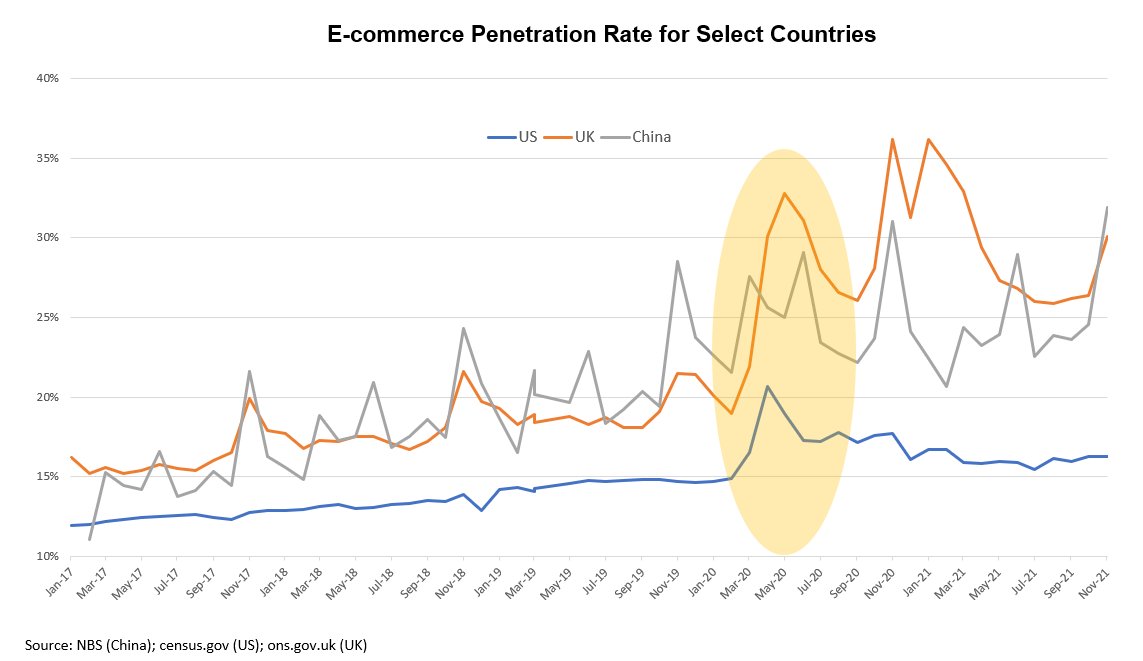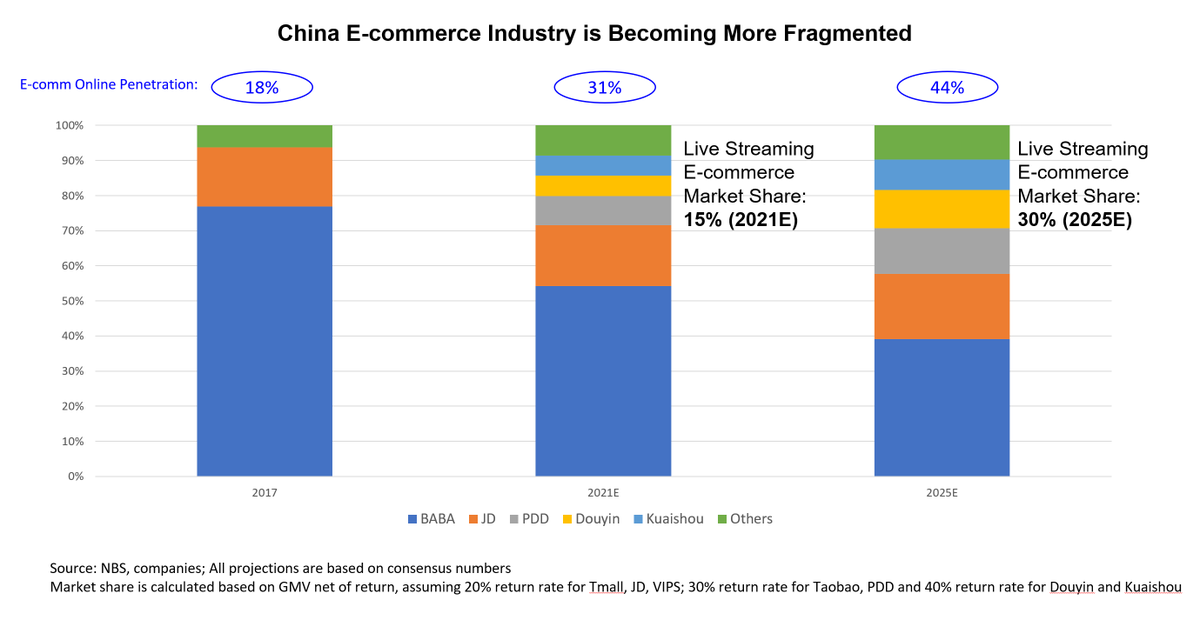
How to get URL link on X (Twitter) App


 Local brands dominate the NEV market, taking 85%+ of the market share (vs. 50% for PV).
Local brands dominate the NEV market, taking 85%+ of the market share (vs. 50% for PV).

 (For 2023)
(For 2023)
 Sales Credit (to consumer)
Sales Credit (to consumer)
 US containerized imports from China accounted for 42% of total US imports in 2020, according to PIERS. The % further increased in 2021.
US containerized imports from China accounted for 42% of total US imports in 2020, according to PIERS. The % further increased in 2021. 

 - How the de-listing news got circulated was VERY odd...
- How the de-listing news got circulated was VERY odd...
 When a BNPL platform earns the bulk of rev from customers, it is essentially a credit card!
When a BNPL platform earns the bulk of rev from customers, it is essentially a credit card!

 2/
2/







 2/ Taobao/Tmall: a more mature, lower growth business going forward
2/ Taobao/Tmall: a more mature, lower growth business going forward

 2/ Where’s the rest of the world following China’s playbook:
2/ Where’s the rest of the world following China’s playbook: